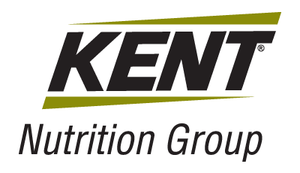Feeding broilers a humic substance is associated with reduced severity of Necrotic Enteritis
Study found that feeding broilers a humic substance decreased intestinal lesions and mortality from Necrotic Enteritis.
September 15, 2023
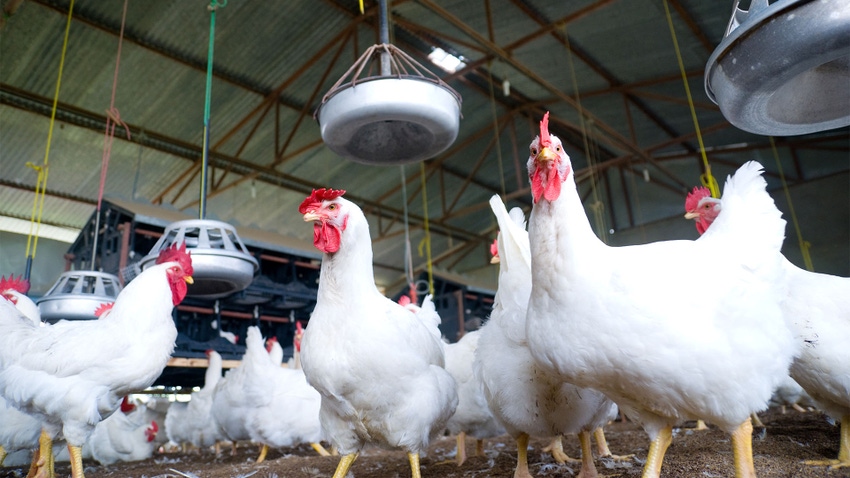
Authored by Tom Weber Ph.D. of Kent Nutrition Group
Necrotic enteritis, caused by Clostridium perfringens types A and C, is a common disease in poultry that causes increased mortality, decreased growth performance and poorer feed conversion rates (FCR). It is estimated that necrotic enteritis costs the global poultry industry ~$6B annually (Wade and Keyburn 2015). Pathogenic Clostridium perfringens attach to the intestinal villi and produce toxins that damage enterocytes making up the intestinal cell wall. Historically, the use of in-feed antibiotics has been a management tool to mitigate negative impacts of necrotic enteritis. Regulations and consumer demand leading to a reduction in antibiotic usage have led to a need for alternative strategies to control the negative effects caused by necrotic enteritis. Therefore, alternative strategies focused on improving intestinal health may be valuable in mitigating some negative impacts of necrotic enteritis.
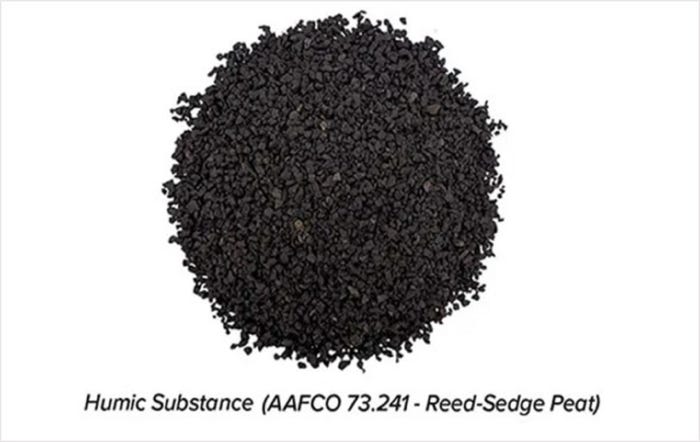
Photo submitted by Kent Nutrition Group
Feeding a Humic Substance Decreased Intestinal Lesions and Mortality in Necrotic Enteritis
One strategy found to improve measures of intestinal health and increase resilience in broilers has been the feeding of a humic substance. An initial battery study revealed that feeding a humic substance decreased intestinal lesion scores and mortality in a dose-dependent manner (Figure 1). Similarly, another battery study found feeding a humic substance reduced intestinal lesions in broilers subjected to a mixed coccidia challenge (E. acervulina, E. maxima and E. tenella). Earlier basic research (Yasar et al., 2002) observed increased intestinal villus height and crypt depth in animals fed a humic substance. Intestinal hydroxyproline was also increased in animals fed a humic substance which is reflective of increased collagen content. Humic substances have been shown to directly increase the chemical and physical resistance to degradation of collagen (Riede et al., 1992) which may lead to greater intestinal connective tissue integrity. Also, from an intestinal barrier perspective, feeding broilers a humic substance increased intestinal expression of mucin-2 (MUC-2; Mudronova et al., 2020). Reduced intestinal permeability and bacterial translocation have been observed in broilers fed a humic substance (Maguey-Gonzalez et al., 2020). Therefore, increasing intestinal barrier function via increased mucin production and other protective mechanisms from feeding a humic substance may bolster intestinal defenses and allow broilers to better cope with challenges such as necrotic enteritis.
Figure 1. The effect of feeding a humic substance (MFG 150) on intestinal lesion score and mortality in broilers challenged with Clostridium perfringens. Bars in graphs with different letters are different (P ≤ 0.05).
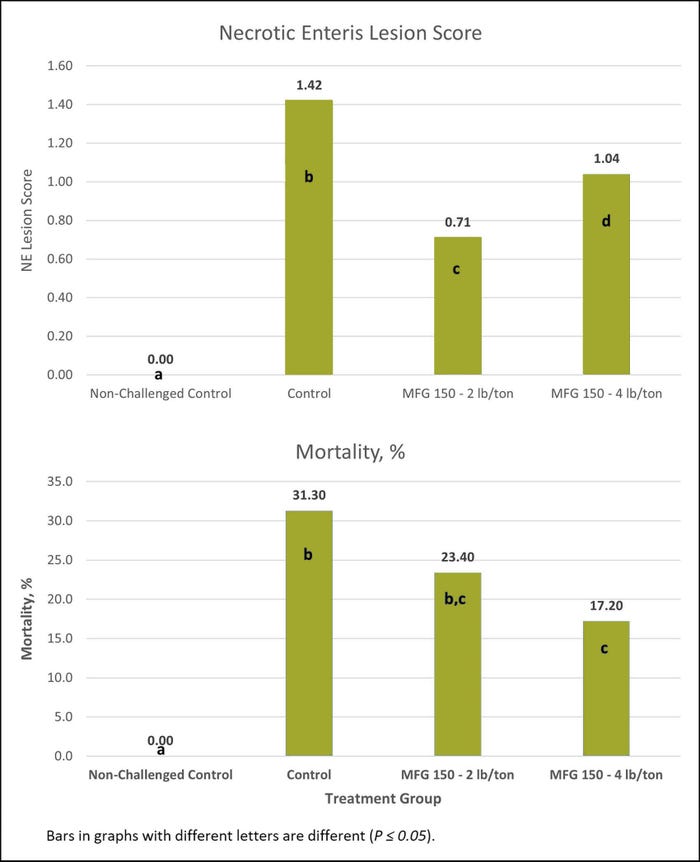
Photo submitted by Kent Nutrition Group
Humic Substance Combined with Butyric Acid
A study conducted in broilers (Edmonds et al., 2014) found that feeding a humic substance in combination with butyric acid improved livability in broilers subjected to heat stress (heat index 124.5°F). In a recent study, feeding either a humic substance (4 lb/ton) or the humic substance and butyric acid combined (2 lb/ton) reduced necrotic enteritis-specific lesions and mortality while improving FCR in broilers challenged with Clostridium perfringens (Figure 2). Total mortality tended to be decreased in broilers fed the combination of the humic substance and butyric acid vs. the control group. From a mechanistic perspective, there may be synergism between humic substances and butyric acid in part by upregulating host-defense mechanisms. Humic substances have been shown to activate the aryl hydrocarbon receptor (AhR; Janosek et al., 2007) which has roles in modulating immune function. It has been found that butyric acid increases AhR expression (Jourova et al., 2022). Therefore, butyric acid may increase the sensitivity to AhR agonists such as humic substances.
Figure 2. The effect of feeding a humic substance or humic substance + butyric acid (BA) on intestinal lesion scores, mortality and feed conversion rate (FCR) in broilers challenged with Clostridium perfringens. Bars in graphs with different letters are different (P ≤ 0.05) or tend to differ (P ≤ 0.10).
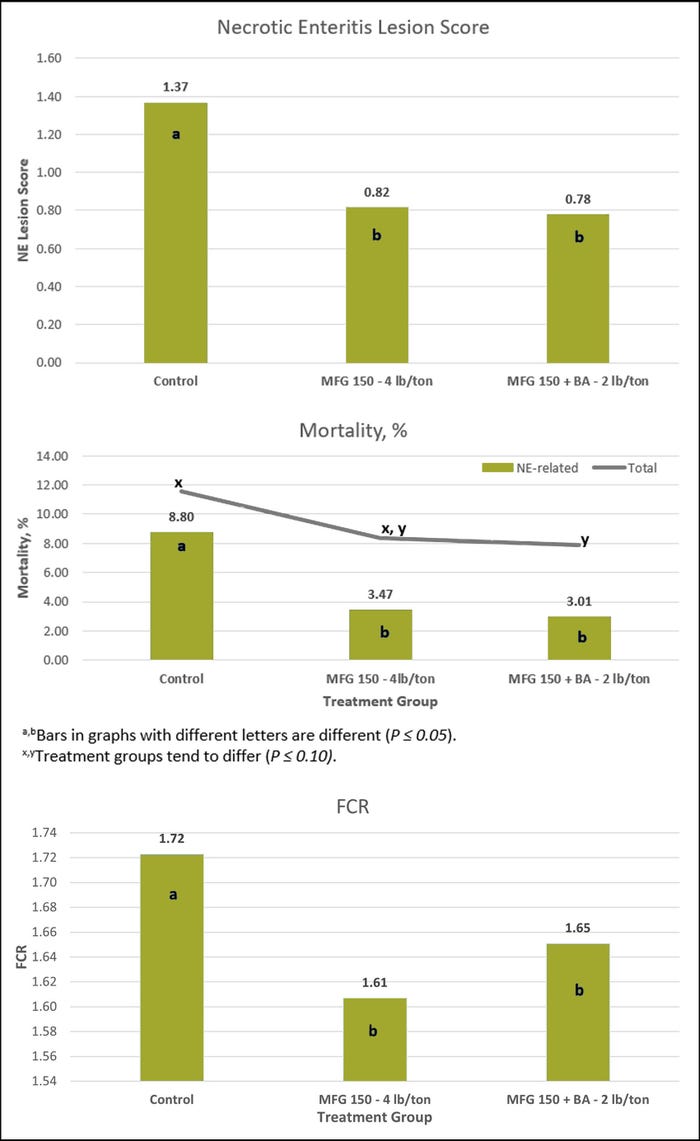
Photo submitted by Kent Nutrition Group
In conclusion, feeding broilers a humic substance may allow for greater resilience in the face of enteric challenges such as necrotic enteritis. Combining a humic substance with butyric acid, may further supplement and augment protective mechanisms elicited by each additive alone. This may allow for reduced feeding rates and perhaps more predictive response to a humic substance when combined with butyric acid.
Learn more at InnovativeSolutions.com.
You May Also Like
